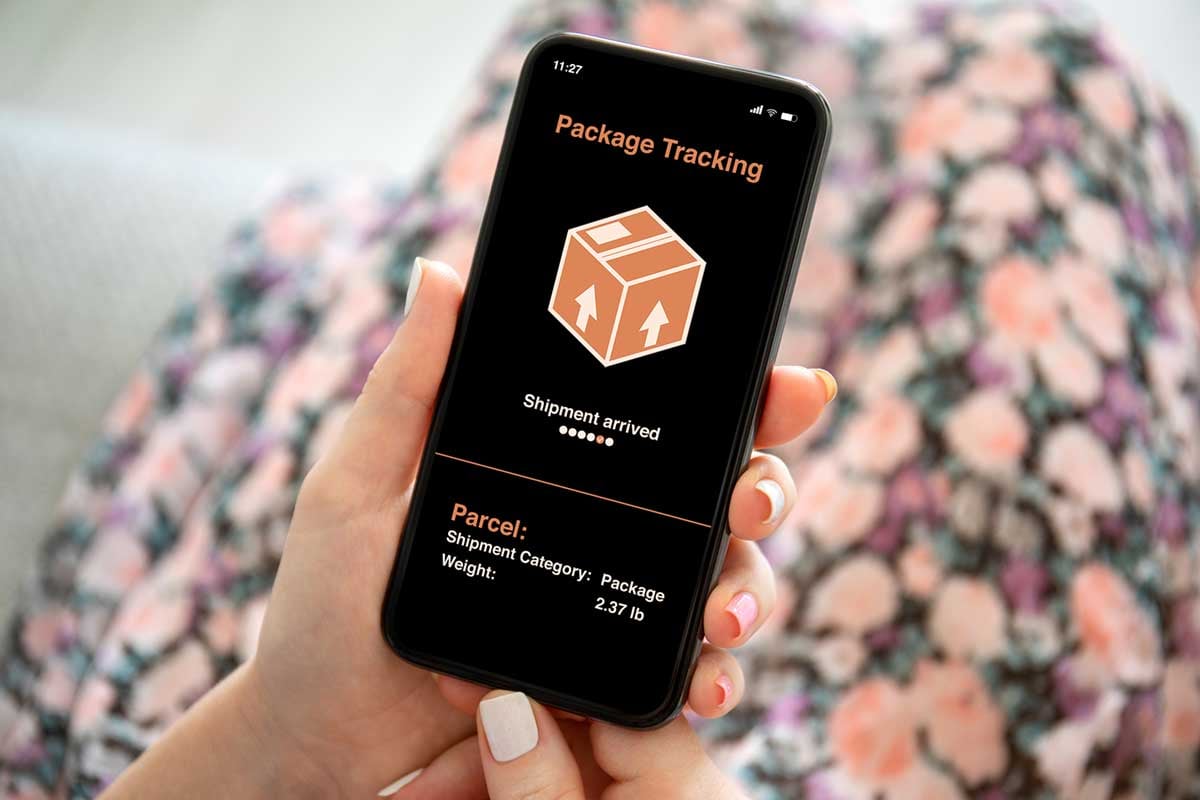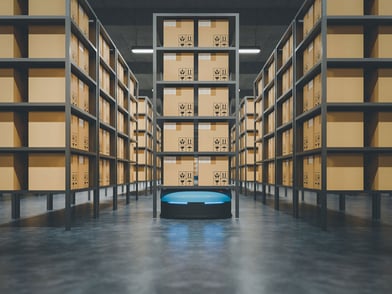In the current European climate – challenged by events such as the Coronavirus pandemic, the Ukraine war, and changes in EU legislation – e-commerce businesses have been thrown a lot of curveballs. They need to remain competitive while delivering exceptional products in a quick, easy, and cost-efficient way.
On the other end of the spectrum, though, customers continue to expect – and demand – more. More delivery options, more sustainability, more savings, and more quality. How, then, can an e-commerce company satisfy all these interconnected challenges in a way that benefits all the parties involved?
The expert insight for this blog post is provided by OGOship's Operations Team. Keep reading to discover what there is to know on this important topic.
Prices are skyrocketing, but why?
In 2021, the prices for most commodities increased on average by 44%. To be more specific, plastic prices went up by 28%, and timber and oil prices by almost 50%.
Why, then, has there been such a huge and sudden surge in prices, especially in the raw materials market? It’s more accurate to say that prices have continued to increase gradually over the past few years, but the current socio-economic climate has meant that market demand is very high, supply is reduced, and the overall market is under continuous strain.
This has been happening both in Europe and in the rest of the world. However, European e-commerce businesses are being affected more heavily by the situation in Ukraine, which only adds to an already difficult picture.
Other factors that keep prices at such a high level include the global pandemic and the blockage of the Suez Canal, which continue to cause delays and hurdles when it comes to moving materials to and from countries. It’s also worth mentioning that the logistics sector is experiencing a massive shortage of staff, including both warehouse workers and drivers.
This shortage has been caused both by the COVID-19 pandemic and by the Ukrainian conflict, given that a vast percentage of truck drivers have historically always been Ukrainian nationals. Industry estimates talk about more than 400,000 driver positions needing to be filled, just in the EU. Nonetheless, filling these positions is easier said than done, as fewer people seem to be attracted to an industry that, traditionally, doesn’t offer competitive pay or a good work-life balance.
One last factor that has contributed to the surge in prices is the recently released EU Mobility Package. Issued in February 2022, this new legislation modified aspects such as drivers’ rest requirements, national registration of trucks, and more. All this resulted in the reduction of actual working hours for drivers: another hurdle that adds further issues to the already mentioned labor shortage within the logistics industry.
To conclude, it’s also essential to understand that cost surges are all interlinked. When oil prices increase, for example, so do raw materials. And when the cost of raw materials goes up, the same happens to logistics and transportation processes, in a sort of domino effect.
Understanding the Effects of the Pandemic
While many countries in Europe and across the globe have been gradually relaxing their COVID-19 restrictions and measures, it’s still true that the pandemic is not over yet and continues to cause problems within many sectors – e-commerce being one of the most affected.
For example, in Shanghai, people were placed in lockdown only recently. And although this is happening outside the European borders, it still impacts how the European e-commerce industry operates.
Options for E-Commerce Businesses
What can e-commerce businesses do, then, to stay afloat in such a complex and challenging scenario? Below we offer a few suggestions that can benefit your e-commerce business.
Consider different raw materials
If your e-commerce business normally packages its goods using cardboard boxes, you could try to opt for a thinner and cheaper model, or source an alternative material.
Team up with a 3PL partner, who offers multi-warehousing
Working together with a multi-warehousing partner like OGOship is another great way to cut costs and boost efficiency and productivity. By doing so, you would be able to store your goods in different countries where you ship to, as opposed to having only one big warehouse from which you ship everything.
Multi-warehousing would save you lots of freight costs and would also be great from a risk management point of view. For example, think about the possibility of another COVID-19 lockdown, or something similarly unexpected. Multi-warehousing would increase your options and mitigate risks. If one order fulfillment hub would not be able to operate at full speed, your second order fulfillment hub could pick up the slack.
Logistics and the Customer Experience
It’s important to note that all the challenges that e-commerce businesses are tackling also go on to impact the customer experience. For example, let’s think about shipping costs. More and more customers, these days, are accustomed to expecting either free or at least very cheap shipping costs.
If your e-commerce business doesn’t offer free shipping, or if shipping costs are too high, it risks losing out on valuable customers. Offering free shipping can give customers the illusion that they aren’t paying for the shipment, whereas in practice it’s the e-commerce company that chooses to include shipping in its margins.
Another hot topic, when it comes to the customer experience, is delivery times. An increasing number of consumers expect to get their orders delivered very quickly – either the next day or within a very short timeframe. This is something that an e-commerce business can support only if it operates warehouses in the same country where the shipping occurs. With multi-warehousing everything happens on a local level.

The Future of E-Commerce Logistics: What Can We Expect?
Considering the complex and challenging scenario that we have described, it’s fair to say that e-commerce businesses might feel concerned about the future. However, it’s also important to stay positive and hopeful and to listen to what the experts say on the matter. Industry professionals, in fact, believe that the situation will eventually stabilize, with prices reaching more sustainable levels, and supply and demand matching more closely.
Raw materials prices are expected to remain high until the end of 2022, with some improvements throughout 2023 and beyond. Experts are also predicting that new, innovative ways to package and ship items will help to sustain the e-commerce market in the long term.
With the advent of such materials, in fact, the need to use the more expensive materials such as timber will decrease, hopefully resulting in cost savings and more eco-friendliness across the board.
But there’s even more. New solutions and service providers are emerging all the time. Companies like Budbee are gaining huge popularity thanks to their high convenience and sustainability.
The Takeaway
The significant surge in prices for raw materials and logistics processes is not going to end very soon, but there are things that e-commerce businesses can do to stay competitive and keep serving their customers in the best possible way.
One of the simplest, most productive, and most cost-efficient approaches is working with a 3PL partner, who is able to provide flexible solutions for e-commerce businesses, such as multi-warehousing. At OGOship, we can help your business set up multiple warehousing across all the countries that you ship to, which will help you slash costs, boost productivity, and promote simplicity and flexibility.
Would you like to find out more? Chat with our friendly and professional team today.

